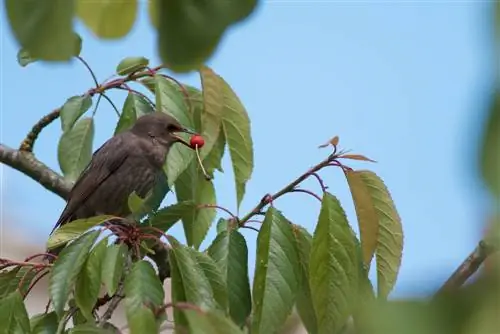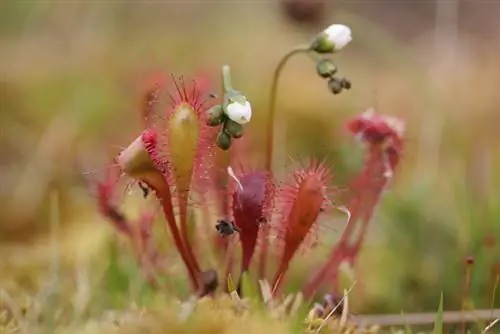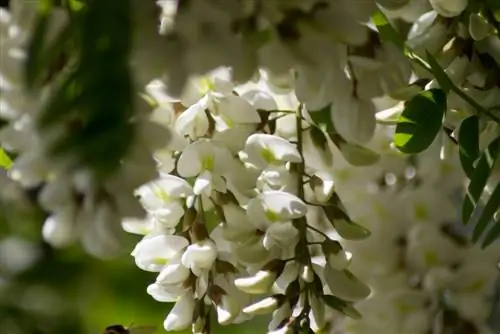- Author admin [email protected].
- Public 2023-12-16 16:46.
- Last modified 2025-01-23 11:22.
Even if it is not necessarily a favorite among cherry tree owners, the star was named “Bird of the Year 2018” by the German Nature Conservation Association (NABU), the State Association for Bird Protection in Bavaria (LBV) and the Austrian animal protection organization BirdLife. Unfortunately, as with many other bird species, the population of imitation artists, which weigh between 75 and 90 grams, has declined dramatically in recent decades, so that the starling has now received its place on the “Red List” as a protected species among flight artists.
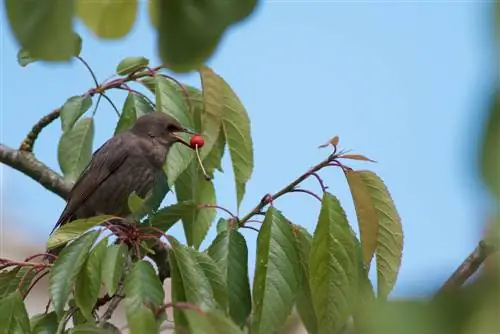
Which bird was named Bird of the Year in 2018?
The star was named “Bird of the Year 2018” by the Nature Conservation Association of Germany (NABU), the State Association for Bird Protection in Bavaria (LBV) and the Austrian animal protection organization BirdLife. The imitation artists are on the red list because their numbers have declined sharply in recent decades.
They are at home wherever they can find suitable breeding places, such as tree hollows, abandoned nests of other members of their species or, at best, nesting boxes. If you don't have any of this and can't remember these 20 cm long cave nesters at all, just listen to this fascinating singing talent on the German bird song portal.
The little animals, whose ability to socialize with people cannot be denied, not only like cherries, they also really like delicious, ripe grapes. If the “common thief” wasn’t marked in the photo, it would probably be very difficult for you to spot him, right? After a few days of his appetite not being disturbed or even chased away by the author of this article, his trust in humanity even went so far that he came within a meter of it to thank the donors with a serenade. Out of sheer emotion, a considerable part of the grape harvest was voluntarily given up, so that this cheerful little fellow and his followers were among our welcome and heard regular guests throughout the summer.
Starlings can also be seen in the garden from time to time
The population of starlings in Europe is currently between 23 and 56 million animals. This only seems huge at first glance, because in the last 20 years we have lost around a million of our native starling pairs in Germany alone. The reasons for this are not entirely new: the intensive use but also the loss of meadows, fields and pastures cause an acute lack of food for the starlings, as they can hardly find any worms and insects. The massive use of agrochemicals is increasingly destroying food animals, which are also of vital importance for many other bird species.
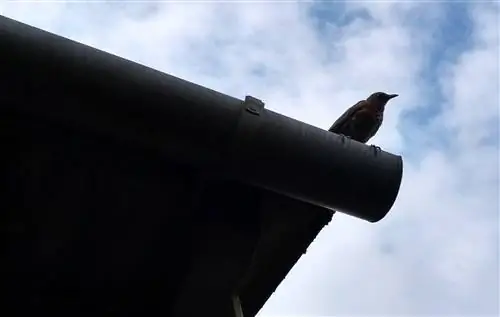
Starlings used to be cruelly driven away
In addition, berry-bearing hedges and nesting places are missing, as many older trees with suitable breeding holes for the animals in particular have been cut down. During the 1970s, the starlings were even seen as a threat to wine crops, so their breeding grounds were blown up with dynamite or the birds were chased away through the massive use of motorized aircraft. However, Sturnus vulgaris is not only a “grape robber”, but also significantly reduces the population of insects, which in turn threaten our vegetable and flower beds.
How garden owners can help
So that the bird of the year does not soon become one of the losers of this century, a lot can be done using simple means to actively help the animals' fight for survival. Gardening close to nature instead of meticulously maintained uniform greenery attracts birds, not only enriches our lives acoustically and visually, but also contributes significantly to the biological balance in our nature. We should therefore:
- Provide suitable nesting sites;
- Set up nesting boxes with entrance holes of different sizes (€28.00 on Amazon) for a wide variety of bird species;
- Instead of fieldstone-coated steel gabions, plant bird-friendly berry trees such as elderberries, wild roses, hawthorns or barberries;
- Make room for the well-known wildflower meadow, which with a colorful mixture of bird flowers and herbs becomes the perfect food base for the feathered companions.
Our next article will be about completely different plant species and they will definitely not be visited by hungry starlings.

